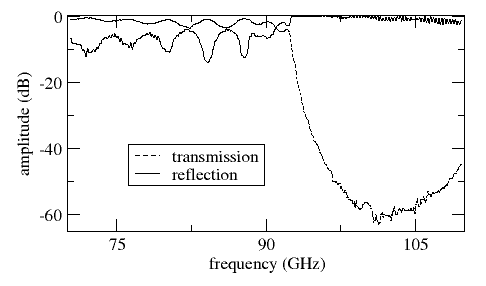Week of 2/18/08
(Difference between revisions)
(→interference effects in scattering problems) |
(→interference effects in scattering problems) |
||
| Line 7: | Line 7: | ||
[http://mesoscopic.mines.edu/preprints/time_frequency.pdf A tutorial on the Fabry-Perot system] | [http://mesoscopic.mines.edu/preprints/time_frequency.pdf A tutorial on the Fabry-Perot system] | ||
| + | |||
| + | The fact that you can get transmission coefficients of 1, in scattering problems is due to subtle interference effects which can seem paradoxical at first. | ||
[http://www.physics.brocku.ca/faculty/sternin/teaching/mirrors/qm/packet/wave-map.html JAVA scattering applet] | [http://www.physics.brocku.ca/faculty/sternin/teaching/mirrors/qm/packet/wave-map.html JAVA scattering applet] | ||
Revision as of 16:50, 22 February 2008
| |
| |
| |
interference effects in scattering problems
A tutorial on the Fabry-Perot system
The fact that you can get transmission coefficients of 1, in scattering problems is due to subtle interference effects which can seem paradoxical at first.
An ultrasonic (real measurement) version of the JAVA scattering app
A "band gap" occurs when the transmission coefficient goes to near zero and the reflection coefficient goes to near 1. Here is an example of a measured photonic band gap in a layered medium (quartz and teflon) measured with millimeter electromagnetic waves in my lab.
| |
